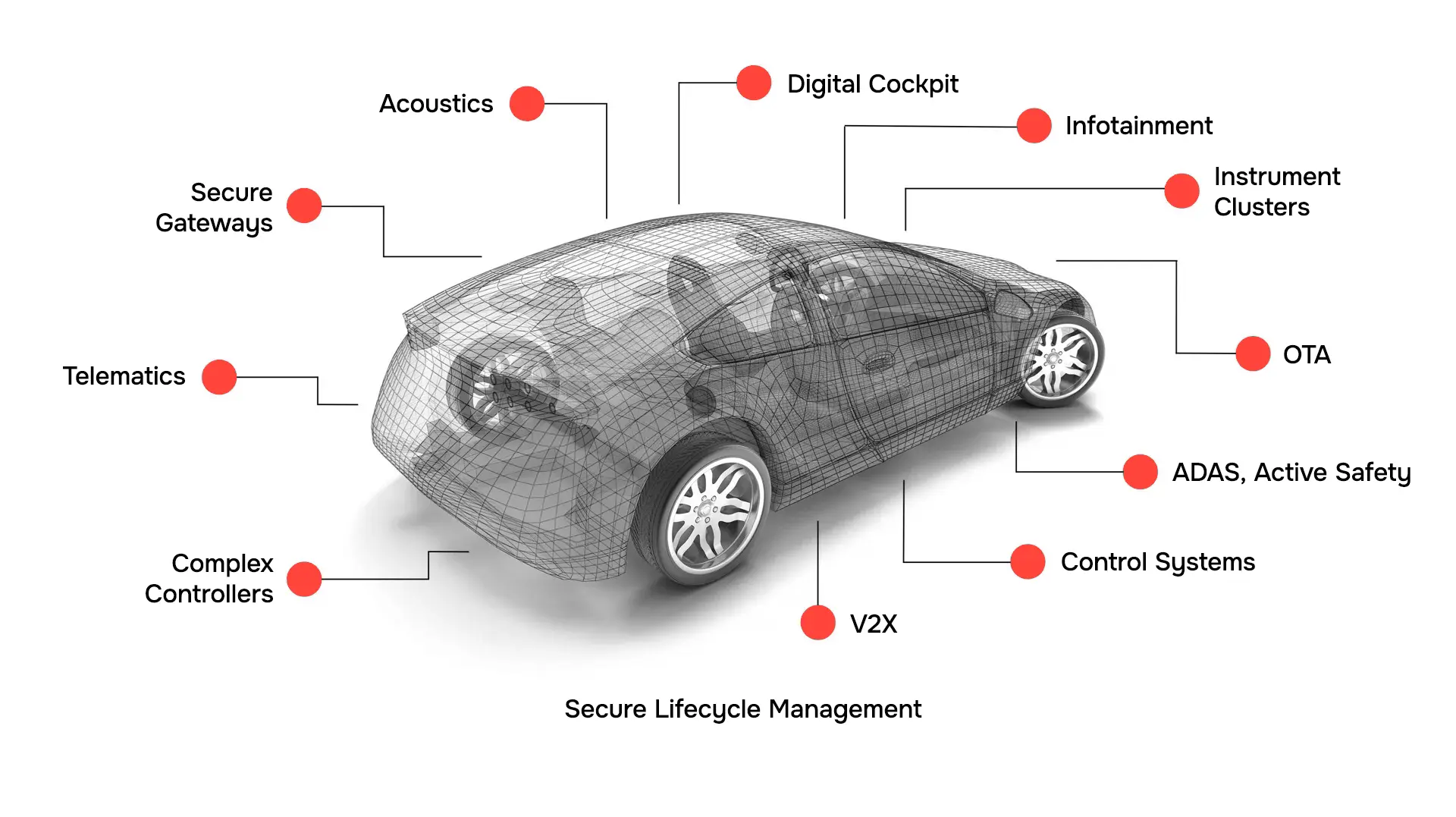ACCELERATE CERTIFICATION
ISO 26262 safety certification is a huge burden—and an almost insurmountable challenge when you use software of unknown provenance (SOUP). Using a pre-certified microkernel OS or embedded hypervisor for building safety-critical systems can significantly reduce the scope, cost, risk, and duration of your certification processes—and allows you to run mixed-criticality systems on the same SoC.
QNX solutions including QNX® OS for Safety, QNX® Hypervisor for Safety, and QNX® Black Channel Communications Technology are pre-certified by TÜV Rheinland up to ISO 26262 ASIL D to accelerate compliance by reducing the scope of system certification. We also have functional safety training and safety services to help you successfully navigate your next certification project.






